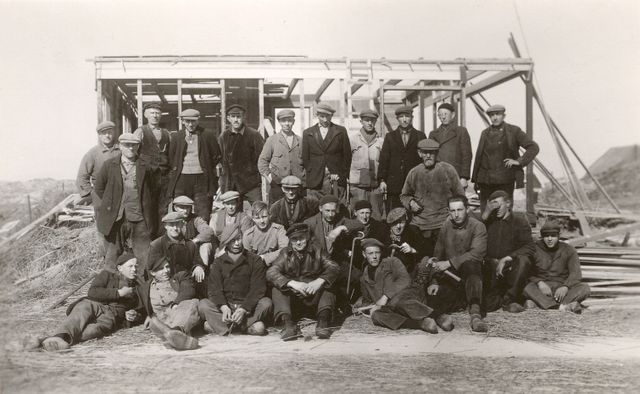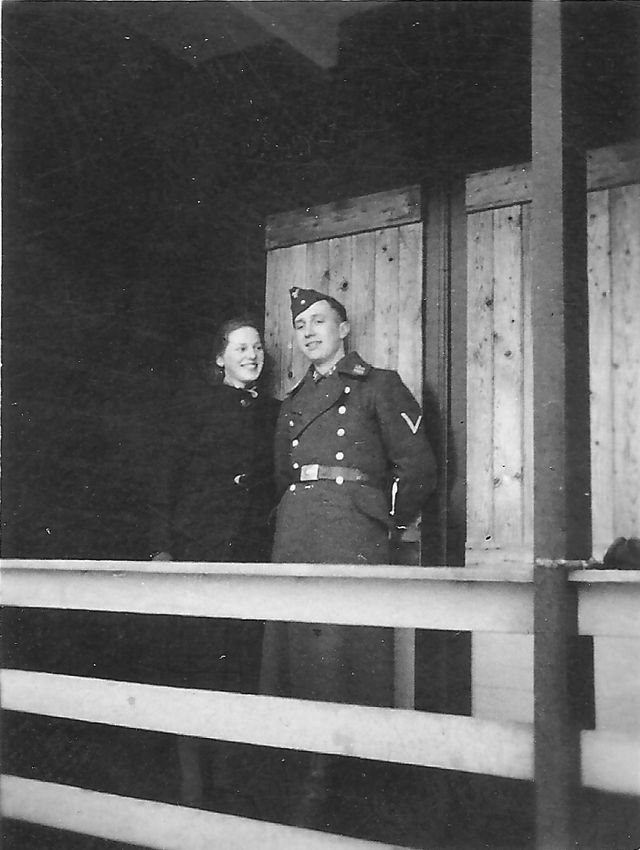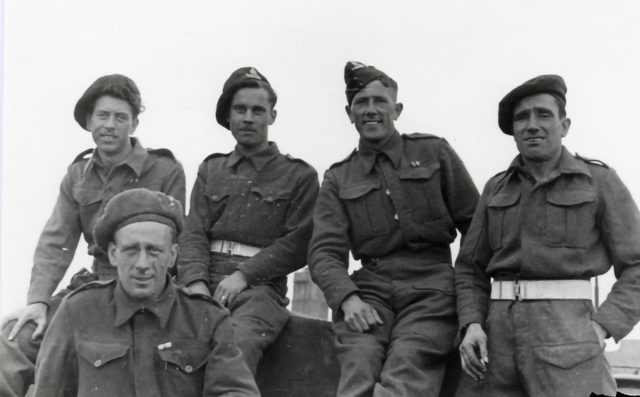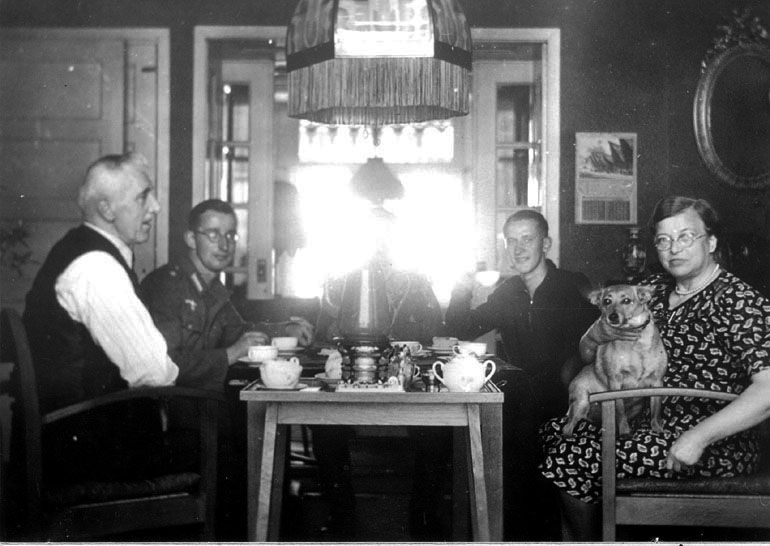Forced cooperation
The occupation of the Wadden islands forms a separate chapter in the war's history. Nowhere else in the Netherlands were residents and occupants living so close together and condemned to each other’s company. A situation of forced togetherness was created on the islands during the war.
By the end of 1941, just like in the rest of the Netherlands, the beach and dune area became restricted areas for anyone not in possession of an Ausweis. The occupiers demanded that the summer cottages in the dune area be torn down. An Ausweis was only available to residents of the island who delivered food and materials to the German occupying forces or who worked building bunkers and living quarters.
Residents of Ameland demolishing summer cottages during the war. Almost all the summer cottages near Nes and Hollum were torn down, as demanded by the German occupiers. Anything near bunkers and posts had to be removed. (15 August 1942)

Only the villages and small parts of the islands were accessible to the residents. The Texel residents had the most space. The island is much more than just beaches and dunes; there is lots of space in the polder area behind the dunes. This was also true for Ameland and Terschelling, though to a lesser degree. But on Schiermonnikoog and Vlieland, where there was one German soldier for each resident, the residents were truly captives in their own village.
The first phase, in which peace was maintained and the German occupation acted rather restrained, continued until the end of the war on the Wadden islands, with the exception of Texel. Even though the islands were aware of the occupiers becoming more repressive in the Netherlands, and that this resulted in chaos and pillaging, the German troops still tried to maintain a peaceful situation. When you are living so close together, it is better to try to keep the peace.
Standing in this photo, from left to right: Elly Sere, German officer Petrowitz, Leny …. and Siebe Visser. Sitting: a German soldier and Kitty Faber. This photo was taken in front of Siebe Visser's house on the current Burgemeester Waldaweg. (Ameland, 29 September 1943)
The islanders were literally locked up. Only in rare cases were they allowed to leave the island for a short time. This was of course easier for those who tried to maintain good relations with the occupiers. The German occupying forces quite enjoyed being on the islands. Apart from a few fanatics, the majority of them were happy to be far away from the front. So, it goes without saying that the occupying forces on the islands were not exactly elite troops. As the war continued, the best units were taken away from coast guard duties to fight on the Eastern Front. The occupying units on the islands were mainly reserves or units that came to take a break after fighting at the Eastern Front.
What Piet Kaspers remembers most about the occupation is the number of aeroplanes that were shot down. He did not see many German soldiers, though there were 1,200 of them on Terschelling. “Most of the time they were manning their posts,” he recounts in a series by Omrop Fryslân about eyewitnesses of the war on the islands (spoken partly in Frisian).
-
Suppression and resistance
Suppression and resistance

-
Forbidden love
Forbidden love

-
Eyewitnesses
Eyewitnesses


